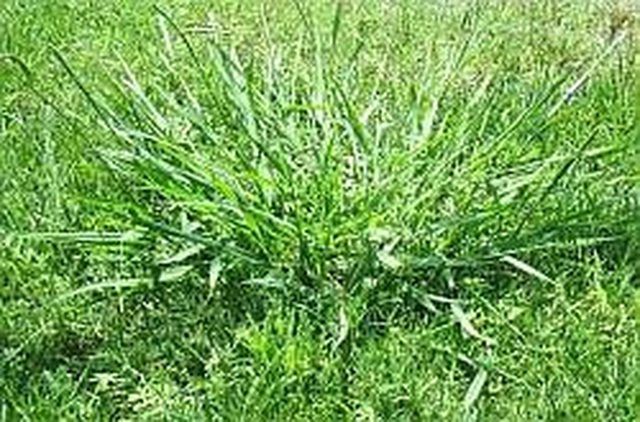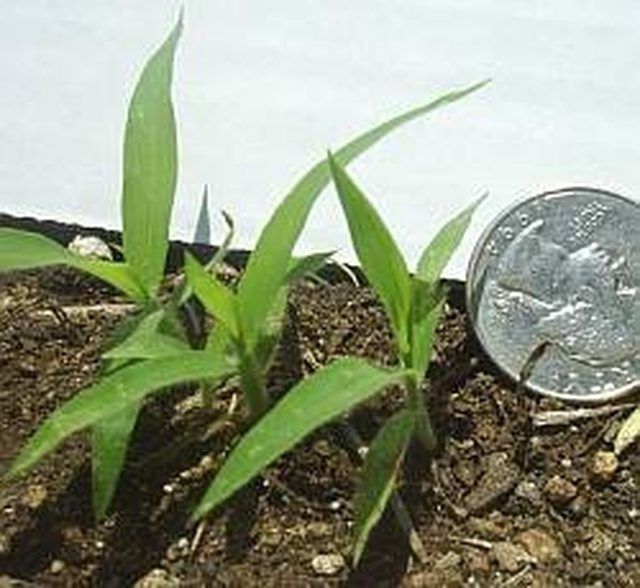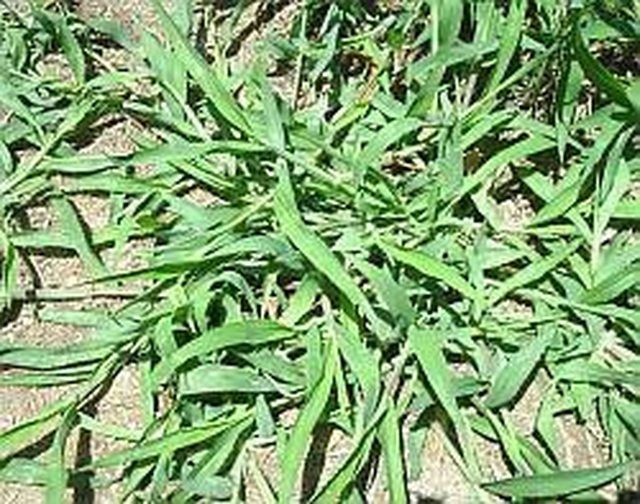Bulbs
Flower Basics
Flower Beds & Specialty Gardens
Flower Garden
Garden Furniture
Garden Gnomes
Garden Seeds
Garden Sheds
Garden Statues
Garden Tools & Supplies
Gardening Basics
Green & Organic
Groundcovers & Vines
Growing Annuals
Growing Basil
Growing Beans
Growing Berries
Growing Blueberries
Growing Cactus
Growing Corn
Growing Cotton
Growing Edibles
Growing Flowers
Growing Garlic
Growing Grapes
Growing Grass
Growing Herbs
Growing Jasmine
Growing Mint
Growing Mushrooms
Orchids
Growing Peanuts
Growing Perennials
Growing Plants
Growing Rosemary
Growing Roses
Growing Strawberries
Growing Sunflowers
Growing Thyme
Growing Tomatoes
Growing Tulips
Growing Vegetables
Herb Basics
Herb Garden
Indoor Growing
Landscaping Basics
Landscaping Patios
Landscaping Plants
Landscaping Shrubs
Landscaping Trees
Landscaping Walks & Pathways
Lawn Basics
Lawn Maintenance
Lawn Mowers
Lawn Ornaments
Lawn Planting
Lawn Tools
Outdoor Growing
Overall Landscape Planning
Pests, Weeds & Problems
Plant Basics
Rock Garden
Rose Garden
Shrubs
Soil
Specialty Gardens
Trees
Vegetable Garden
Yard Maintenance
About Crab Grass
About Crab Grass. Crab grass is one of the most evasive weeds that can attack a lawn. It is a real grass, but it looks more like a weed and anyone can see that it does not belong in a manicured lawn. If crab grass gets a good hold, it can destroy the regular grass. Knowing how to recognize and take care of crab grass is important or all the money...

Crab grass is one of the most evasive weeds that can attack a lawn. It is a real grass, but it looks more like a weed and anyone can see that it does not belong in a manicured lawn. If crab grass gets a good hold, it can destroy the regular grass. Knowing how to recognize and take care of crab grass is important or all the money you spent on seeds or turf will go down the drain.
Types
There are two basic types of crab grass, Digitaria sanguinalis and Digitaria ischaemum. Digitaria sanguinalis is also called hairy or large--up to 3 feet tall--crab grass and Digitaria ischaemum is also known as smooth or small--up to 15 inches tall--crabgrass. They are both warm season grasses, grasses that grow best in warmer climates and love the heat of summer.

Function
Smooth crab grass has leaves that are a dull green color with a hairy base. The leaves will only grow as large as 4 inches long on a stem that will grow up to 15 inches. Hairy crab grass has leaves that are a pale bluish green in color on a stem that can grow as high as 3 feet. Both types of crab grass produce an abundance of seeds--150,000 to as much as 180,000 per plant per year--that can lie dormant for years before taking root, one of the features that makes crab grass so hard to control.

Function
Crab grass is very invasive and can quickly overrun and choke a lawn, obliterating the type of grass that has been planted and other plants as well. In order to grow and function, crab grass needs to go through a period of cold weather and the right temperature and moisture combination, but they can sit and wait for a long as it takes for the right conditions to occur.
Prevention/Solution
The best way to control crab grass is to not let it get started in the first place. You can make it hard for crab grass to get hold by planting a high quality grass variety and keeping it well fertilized and watered so it grows a dense carpet that will make it hard for crab grass seeds to grow. It needs to be thick enough so that sun will not reach the soil and watered very deeply so the roots get a good firm hold in the soil. Use a fertilizer that has a pre-emergence herbicide included. It will kill the crab grass seeds before they have a chance to grow. But it needs to be applied in the spring, before temperatures reach the 50 to 60 degree F range or the seeds will already be growing and it will do no good. If you do end up with a crop of crab grass, the best way to eliminate it is with a post-emergence herbicide.
Warning
Pre-emergence herbicide should only be used on established lawns. It will kill all kinds of grass seeds. Plant your new lawn or re-seed an old one in the fall, so the seeds will germinate before you apply the fertilizer in the spring. Do not mow the lawn to under 3 inches high. Too short and the sun will get to the seeds. Be careful if you pull the crab grass out by hand. Make sure to fill in any holes and reseed the spot.